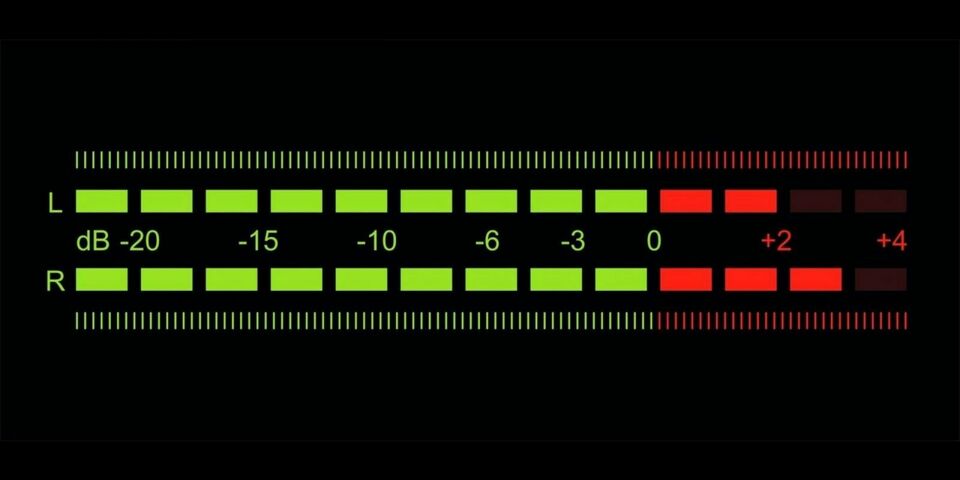Library to pilot noise zones
Students who want to study or work in the library in MetaForum will be required to make it plain where they stand on the issue of noise. As of March 1 they must nail their colors to the mast as green, orange and red zones will be used to indicate where discussion is allowed, where talking is permitted if absolutely essential, and where silence is obligatory. A recent poll revealed that many students need the library to be a quieter place.
MetaForum may well be regarded by many as a architectural marvel, but when it comes to acoustics the building's design presents some challenges, says Claire Vereecken, team leader of the library's Front Office. She points to the openness in the layout, especially the many atriums spanning the various floors. “Floor -1 is actually a silent area, but you hear what is being said on the floor above. The noise descends into the well. It isn't easy having to keep on saying to everyone that they must be silent on -1 while conversations on floor 0 are perfectly audible.”
And this is something that many students find rather annoying, as Vereecken found out from a mini-survey held shortly before Christmas. “One thing leapt out: people want more silence. They want more quiet in the silent area, and preferably more noise controls.”
No giggle
In a brainstorm with colleagues the topics discussed include whether to install panels that would improve the acoustics, the team leader says. “But we reached the conclusion that building high walls won't change anything if everyone continues to talk. A change of people's attitudes is needed. We don't need total silence to reign in the library. That's a thing of the past. But giggling and chatter about subjects other than what is being studied have no place here, not in the silent area.”
In order to tackle the noise nuisance, especially between floors, on March 1 the library is starting its Noise Awareness campaign. Three noise levels are being introduced in the library, recognizable as red, orange and green zones. The silent area on -1 will remain, becoming a red zone; floor 0, where until now, says Vereecken, “there really weren't any rules,” will be divided into orange and green zones. In the orange zones, situated mainly around the de atrium, “whispering is allowed only if absolutely necessary”. The green zones on the outer edges are intended to be used for discussion.
Social control
Notices will soon clearly indicate the stop-light color zones. “We're issuing students with a challenge: if you want it to be quieter here, you are going to have to nail your colors to the mast.” In deciding where they want to sit, library visitors will be agreeing to the behavior required of them. Vereecken hopes that this alone will be enough to instill the necessary social control and encourage people to take responsibility for their own behavior: “If you're in a no-talking carriage on a train and you start having a chat, it isn't long before you get angry looks and a reprimand from other passengers”.
No end date has been set for the pilot; Vereecken hopes that the trial will make enough of an impact that students will embrace it of their own accord, “in much the same way as we handled the food ban two years ago. If it doesn't bring about the necessary change, we may well decide to do something about the acoustics. But that option is fraught with difficulties because it involves messing with the original design of the building”.
As it happens, noise nuisance is also being created on floor 1, according to Vereecken, “but there's not much we can do about that; it's a bit of a strange grey area that is outside our control. The gates fitted with alarms mark the limits of the library”.


Discussion